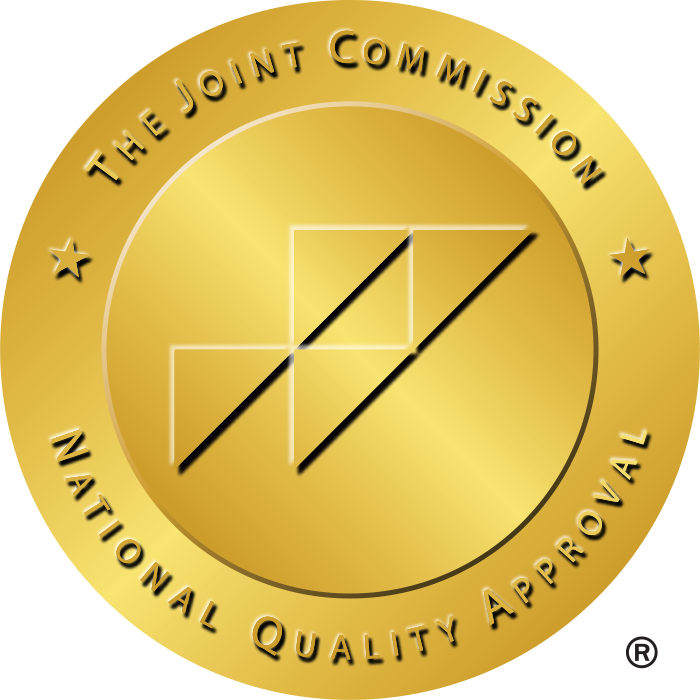You’re a hardworking nurse, therapist, physician assistant, or other health care professional itching to progress your career but struggling through the traditional job search, which feels like running through a maze.
Job boards are overwhelming, hospital HR departments take weeks to get back to you, and you don’t even know where to find the best roles that would be a fit for your goals. Enter healthcare staffing agencies — a link connecting talent to opportunity. These agencies can be game-changers, whether you’re looking for flexibility, a strong salary, or a route to a dream job. But how do you pick the most suitable one? Well, how do you make that partnership work for you?
This guide breaks down the process and gives actionable insight on how you, as a healthcare professional, can better use staffing agencies to your benefit. Here’s how to choose the right ones for you, and get the most out of them.
Why Healthcare Staffing Agencies Matter More Than Ever
The healthcare industry is dynamic, with fluctuating demands driven by seasonal needs, population growth, and evolving patient care models. Staffing agencies specialize in matching skilled professionals with facilities that need them—fast. Here’s why they’re worth considering:
1. Access to Hidden Opportunities
Many health care institutions, including those with critical staffing shortages, rely solely on agencies to fill roles quickly. Those posts may never be posted publicly in traditional job listings, job boards. You have access behind the scenes to jobs in notable hospitals, rural clinics, travel assignments, or telehealth platforms as you partner with an agency.
2. Flexibility Tailored to Your Lifestyle
Do you have kids who need part-time hours? Recent grad looking for a broad clinical experience? Or a professional who wants to travel while working? Staffing agencies provide a range of services depending on different needs, from per-diem shifts to locum tenens to seasonal contracts to long-term placements. You decide when, where, and how you work.
3. Streamlined Credentialing and Licensing
State licensure, certifications, and/or visa sponsorships (if you are an international professional) can be overwhelming matters to navigate. These agencies usually help with such processes, which minimizes administrative pains.
For example, if you’re a travel nurse considering a California assignment, your agency may help walk you through the state’s unique licensing requirements.
4. Advocacy and Support
A quality agency is your advocate. They handle many of the nitty gritty details, they negotiate salaries, they make sure everything is compliant with the state and federal labor laws, and they provide ongoing support. And if a placement isn’t right, they’ll work for a change, without burning bridges with the employers.
5. Career Growth
Staffing agencies may also have insight into industry trends — an increase in demand for ICU nurses or geriatric care specialists, for example. They can offer guidance on skills you should work on or certifications you should pursue that ultimately place you on the path for long-term career success.
Choosing the Right Agency: 5 Key Considerations
Finding the right healthcare staffing agency is crucial to ensuring a successful and fulfilling career. With so many options available, it’s important to know what sets a great agency apart from the rest. By focusing on these key factors, you can make an informed decision that aligns with your professional goals.
1. Reputation and Track Record
You can begin by searching for agencies online. Check reviews for them on websites like Glassdoor or industry-specific forums. Consult colleagues for recommendations.
A legitimate agency will be more than happy to present you with testimonials and case studies. If you’re a physical therapist, for example, search for agencies that have a reputation for placing professionals in outpatient clinics or sports medicine positions.
2. Specialization in Your Field
General staffing agencies don’t always have insight into the nuances of your specialty. Look for agencies that specialize in health care — or better yet, your job. For example, some agencies focus on placing traveling radiologists, while others have expertise in placing pediatric nurses with children’s hospitals.
3. Transparency in Compensation and Contracts
Clarity is crucial. What is the agency’s pay structure? Such as health insurance, retirement plans, housing stipends for travel roles? Examine contract terms, including cancellation and non-compete clauses. And if an agency is reluctant to answer these questions, treat it as a red flag.
4. Quality of Support Services
How else does the agency help, beyond placement? Do they offer malpractice insurance for locum tenens providers? Do you have a dedicated point of contact available during assignments 24 hours a day, 7 days a week? Now, top-tier agencies invest in your well-being, providing resources from mental health support to continuing education discounts.
5. Ethical Practices
Steer clear of agencies that are pushy and try to place you in roles that don’t align with your skill set or ethical obligations. Ethical companies focus on fit, not quotas. Inquire how they vet employers — do they guarantee safe staffing ratios and positive workplace cultures?
Maximizing Your Partnership: Tips for Success
Now that you’ve chosen the best healthcare staffing agency for your needs, let’s talk about leveraging that partnership. With these strategies, you can ensure that you and the agency partner together move your career forward as well and achieve your goals. Here are some top tips on how to succeed in your new position.
1. Communicate Your Priorities Clearly
Do you look for mentorship opportunities? A specific shift schedule? A route to permanent employment? Share these details upfront. The more information your recruiter has, the better they can match opportunities. For example, if a respiratory therapist desired to change to neonatal care, she could focus on hospitals with Level III NICUs.
2. Keep Your Profile Updated
Consider your agency profile as a living, evolving resume. Regularly update your licenses, certifications, and availability.
Emphasize your recent work interests or specialized experiences, such as being a hospitalist during the pandemic, or any new certifications you may have earned, such as wound care.
It will make sure your profile gets the best visibility possible and you are top of the list when relevant and time-sensitive roles come through.
3. Stay Open-Minded (But Know Your Boundaries)
Flexibility opens the door for opportunities. Perhaps a six-month contract or travel job in a rural market will provide you with that experience — or a per-diem role can turn into a full-time offer. But don’t budge on non-negotiables, whether that means a minimum salary, commute time, or workplace safety standards.
4. Invest in Continuous Learning
Agencies respect candidates who take the time to learn new skills. Take classes, join webinars, or get certified in high-demand fields like telehealth or critical care. This also makes you a more attractive candidate, paving the way for higher-paying jobs.
Common Concerns—Addressed
“Will I Earn Less Through an Agency?”
Not necessarily. Agencies often negotiate competitive rates, especially for high-demand roles. Travel nurses, for instance, frequently earn higher hourly wages plus stipends for housing and meals.
“What If the Assignment Isn’t a Good Fit?”
Speak up! Reputable agencies will reassign you. They thrive on long-term relationships, so your satisfaction matters.
“Can I Transition to a Permanent Role?”
Absolutely. Many agencies offer temp-to-perm options, allowing employers to “try before they buy.” If you excel in a contract role, the facility might extend a permanent offer.
Your Career, Your Control
Healthcare staffing agencies also grant you control of your career within a constantly changing domain. When you find the right partner and advocate for your needs, you open doors to opportunities that support your professional and personal goals.
Ready to take the next step? Do your research on agencies today, ask them good questions, and get ready for an adventure where development, growth, and fulfillment are at your fingertips. Your perfect job isn’t merely out there — it’s ready for you to claim it. Ready to take your healthcare career to the next level? Explore StaffDNA today and find your perfect opportunity!







